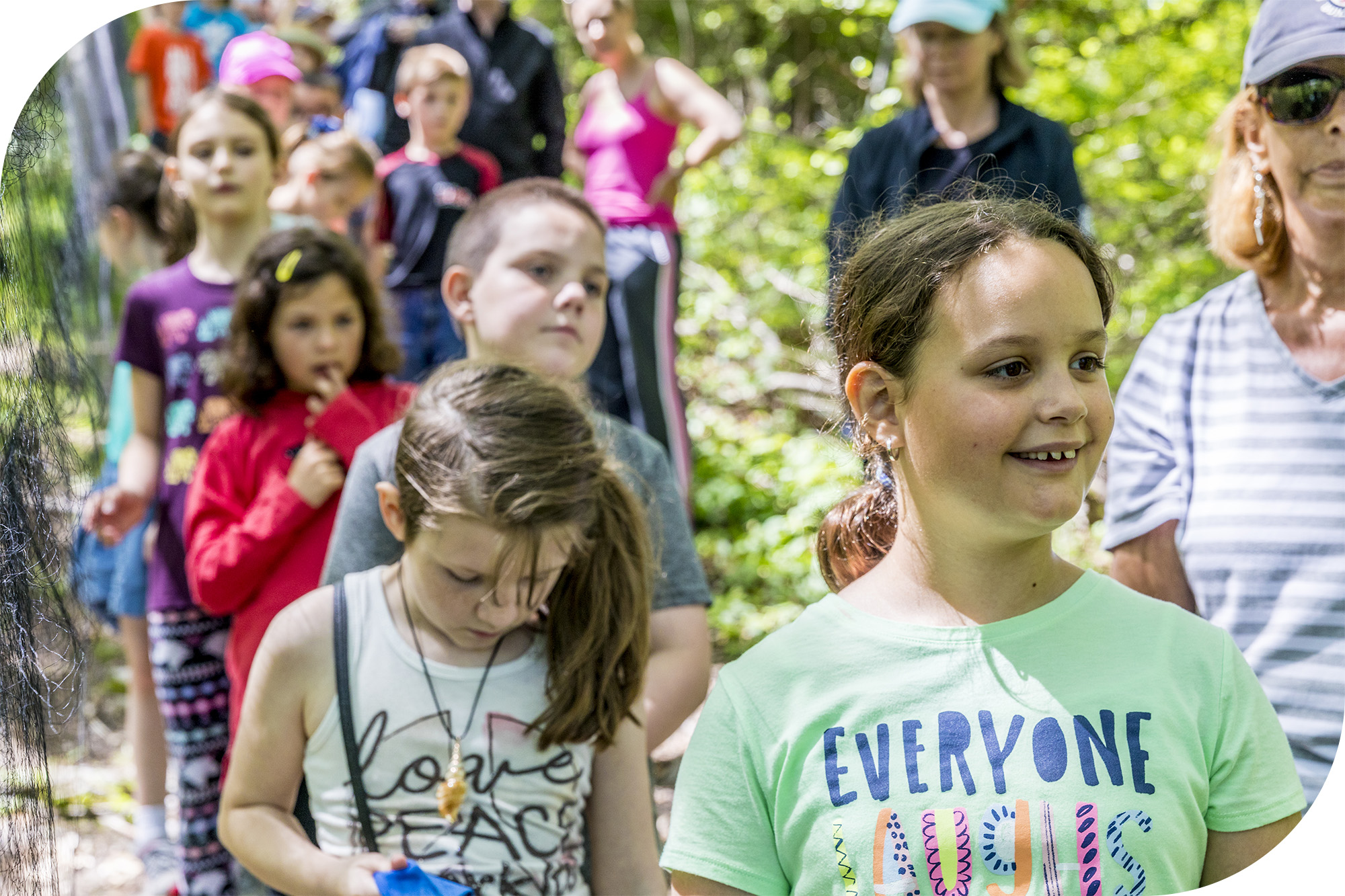This article was included in our Summer 2019 issue of Manomet Magazine.
In March 1932, despite conservation efforts, “Booming Ben,” the single surviving Heath Hen, a grouse-like bird, was seen for the last time on Martha’s Vineyard. A year later, Henry Beetle Hough posed a rhetorical question in the Vineyard Gazette ‘Is nothing to follow the extinction of this bird except one more lesson in conservation for school books, and a sentimental mourning?’
Indeed, the extinction of the Heath Hen was nothing more—another lesson for school books. Many such lessons have since followed, avian and otherwise. A species winks out. The earth rotates just the same, unencumbered by the loss.
Every two years since 1998 The World Wildlife Fund publishes the Living Planet Report. This bi-annual report provides a single, standardized global index of biodiversity. In every report, including the most recent in 2018, the statistics become more dire. Each report is followed by a flurry of 24-hour press coverage. Then, with a collective global yawn, everyone goes back to whatever they were doing. We wait two years for the next update.
In 1998, the first report cited a 30% decline in global biodiversity since 1970. In 2010, the decline was 52%. In the last report, 2018, the decline was 60 %.
What a clear, quantitative chronicle of the demise of life on earth. Every two years conservationists protest, “This must stop!” But the stats continue. The trajectory of the Living Planet Index suggests that all biodiversity will be gone by 2060. It is time to rethink biodiversity conservation.
Biodiversity is defined as life in all its forms, from the gene to whole ecosystems, including all the ways that species interact with each other. Life (biodiversity) began on earth over three billion years ago. (Cyanobacteria are biodiversity too.) Based on the fossil record, in all that time there have been five mass extinctions. The sixth is underway.





 Back to all
Back to all

